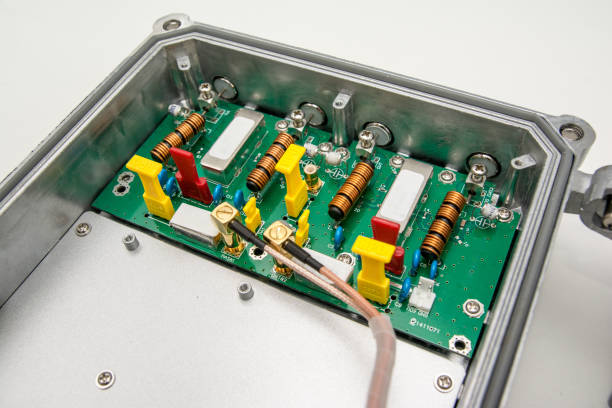
In electronic circuit design, there is a small but important component that plays a vital role in the circuit, which is the bypass capacitor. Whether in electronic devices such as microprocessors, amplifiers, integrated circuits, or radio frequency modules, bypass capacitors play a critical role. So, what is a bypass capacitor? What does it do? How to use it correctly? In this article, we’ll delve into this issue.
Bypass Capacitor Definition
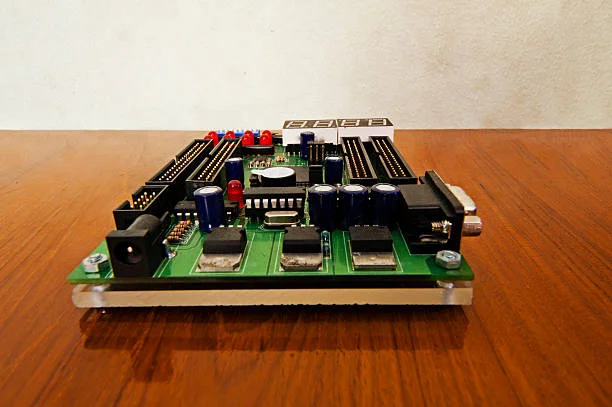
A bypass capacitor, also known as a bypass capacitor, is a commonly used component in electronic circuits. Its function is to provide a low-impedance path in the circuit to bypass high-frequency noise or high-frequency waveforms from the power supply around critical components, thereby maintaining signal purity. Typically, a bypass capacitor is placed between the power supply and ground to smooth the supply voltage and reduce supply noise.
The basic principle is to reduce the impact on the circuit by guiding the noise current to the ground, thereby improving the performance and stability of the entire circuit. Common bypass capacitor types include ceramic capacitors and aluminum electrolytic capacitors, and selecting the appropriate type and value of bypass capacitors is critical to circuit design.
Bypass Capacitor Effect
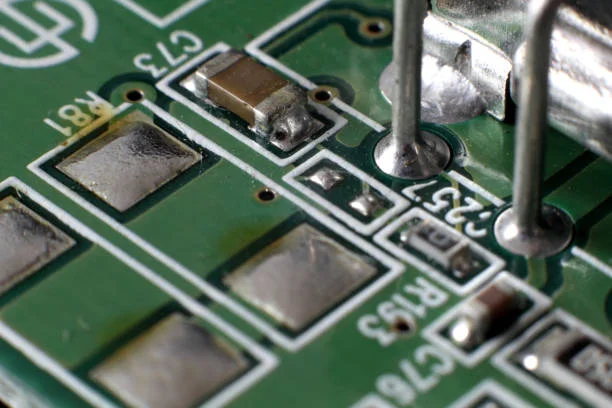
The bypass capacitor effect refers to the phenomenon of bypass capacitors functioning in electronic circuits. It mainly includes the following aspects:
Reduce Power Supply Noise
In addition,Bypassing the capacitor reduces power supply noise by providing a low-impedance path that allows high-frequency noise currents to flow through the bypass capacitor to ground. This effect is particularly significant in high-frequency circuits, and it can effectively protect key components from interference.
Smooth Supply Voltage
Due to the low impedance properties of the bypass capacitor, it smoothes the supply voltage in the circuit and prevents voltage fluctuations from affecting the circuit. This is critical for devices that require a stable power supply, such as microprocessors and integrated circuits.
Improve Circuit Performance
By correctly placing the bypass capacitor between the power supply and ground, the power supply ripple and noise in the circuit can be effectively reduced, thereby improving the performance and stability of the circuit. This is especially critical for high frequency and power circuits to ensure the circuit works properly and provides optimal performance.
Reduce Harmonics
Bypassing the capacitor filters out high-frequency harmonics in the power supply, keeping the signal pure. This is of great significance for devices that require high-quality signal output, such as audio amplifiers and radio frequency modules, to reduce the impact of harmonics on signal quality.
Proper use and placement of bypass capacitors will help ensure proper operation and optimized performance of your electronic device.
How Bypass Capacitors Work?
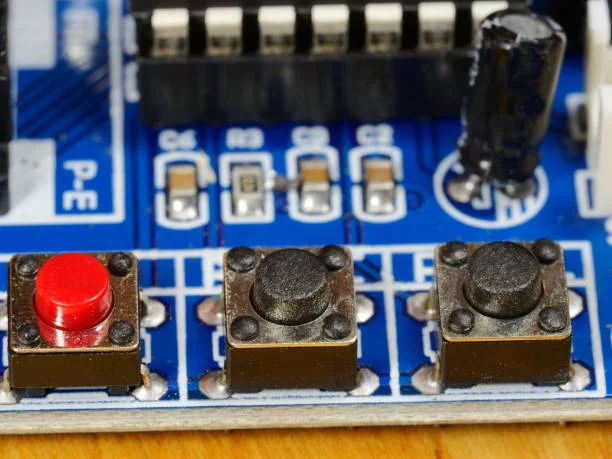
The working principle of bypass capacitors is based on the fact that capacitors have different impedance characteristics to different frequencies of current in a circuit. Specifically, its working principle can be divided into the following aspects:
Impedance Characteristics
Capacitors have lower impedance for AC signals (i.e. high frequency signals) and higher impedance for DC signals (i.e. low frequency signals). This is because the impedance of the capacitor is inversely proportional to the frequency, that is, as the frequency increases, the impedance of the capacitor decreases; conversely, as the frequency decreases, the impedance of the capacitor increases.
High Frequency Signal
When a high-frequency signal enters the circuit, the impedance of the bypass capacitor is low, so the high-frequency signal can flow directly to ground by bypassing the capacitor. This can effectively bypass key components such as high-frequency noise or high-frequency waveforms in the power supply, maintaining the purity of the signal.
Low Frequency Signal
On the contrary, when a low-frequency signal or a DC signal enters the circuit, the impedance of the bypass capacitor is high, so the low-frequency signal does not flow to ground through the bypass capacitor. This ensures that the bypassed capacitor does not affect the normal signal and maintains the stability of the circuit.
Capacitor Stored Energy
In addition to the impedance characteristics mentioned above, capacitors are also capable of storing energy. When a capacitor is charged, it stores the charge and releases it when needed. This property of storing energy also helps bypass capacitors functioning in circuits.
The working principle of bypass capacitor is based on its impedance characteristics, which has low impedance for high frequency signals and high impedance for low frequency signals. By properly arranging bypass capacitors, high-frequency noise can be effectively bypassed key components, maintaining circuit stability and performance.
To sum up, the working principle of bypass capacitor is based on its impedance characteristics, which has low impedance for high frequency signals and high impedance for low frequency signals. By properly arranging bypass capacitors, high-frequency noise can be effectively bypassed key components, maintaining circuit stability and performance.
A Bypass Capacitor is Used IN
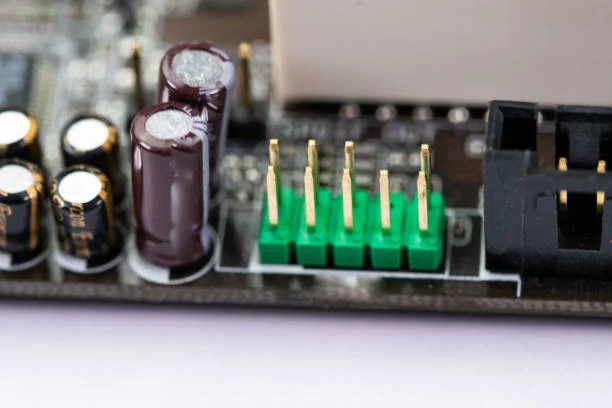
• Power conditioning and Power factor correction
• Real-time clock calendar with EEPROM
• DC/DC Converter
• Voltage Reference
• DSL Amplifiers
• Signal coupling and Decoupling
• High pass and Low pass filters
Conclusion
Bypass capacitors are small components used in electronic circuits to stabilize voltage levels and filter out noise. It is connected in parallel with the power line or signal line.
And bypass capacitors provide a low-impedance path to ground for high-frequency noise, stabilizing voltage levels and improving signal integrity. They are essential to prevent voltage fluctuations and ensure reliable circuit performance, especially in digital circuits, where they insulate the IC from power supply fluctuations.